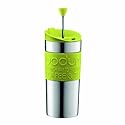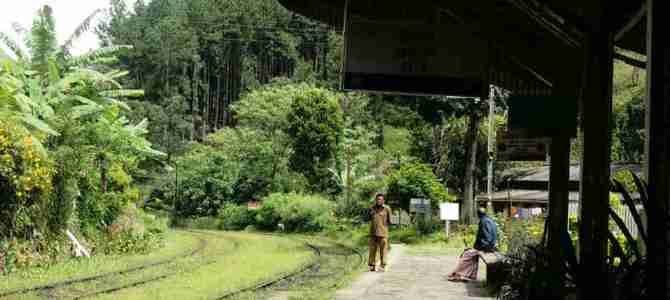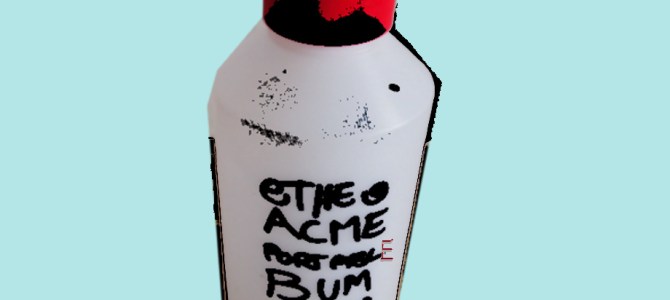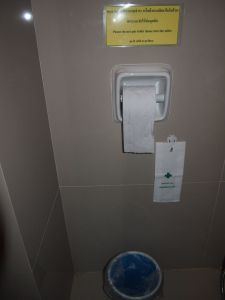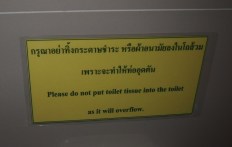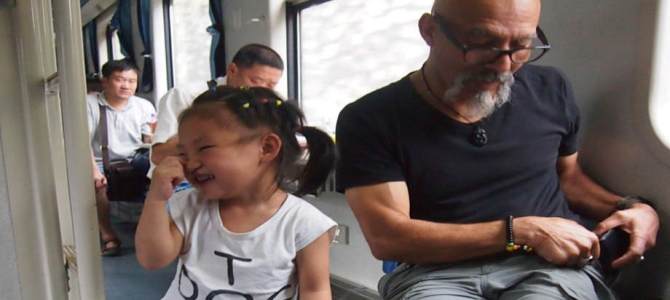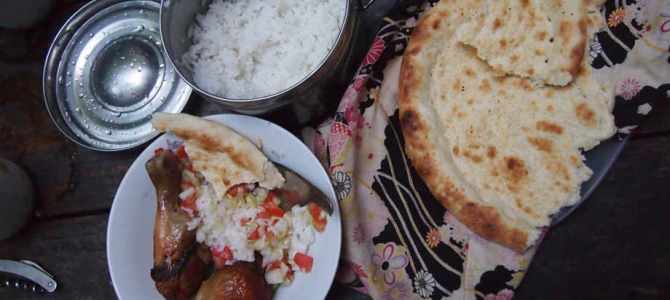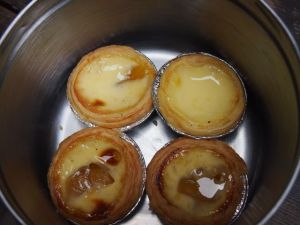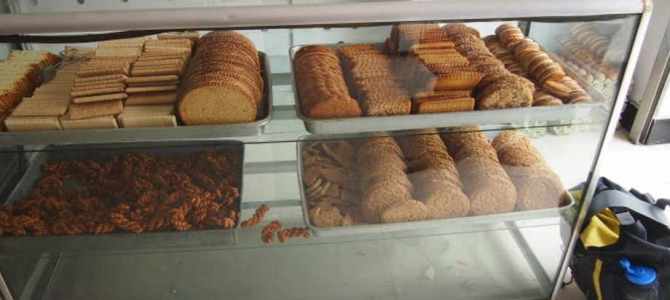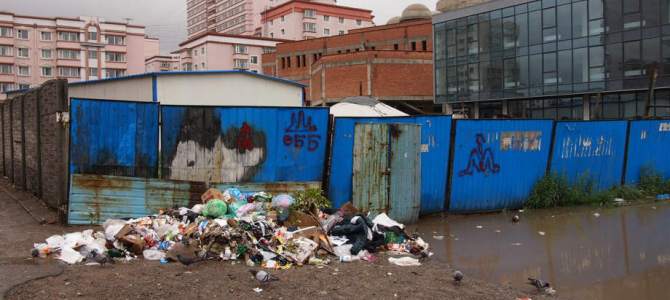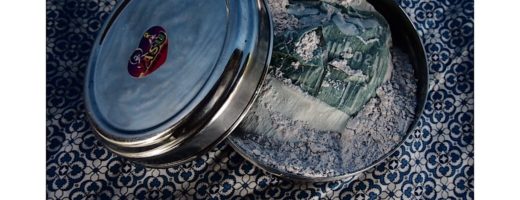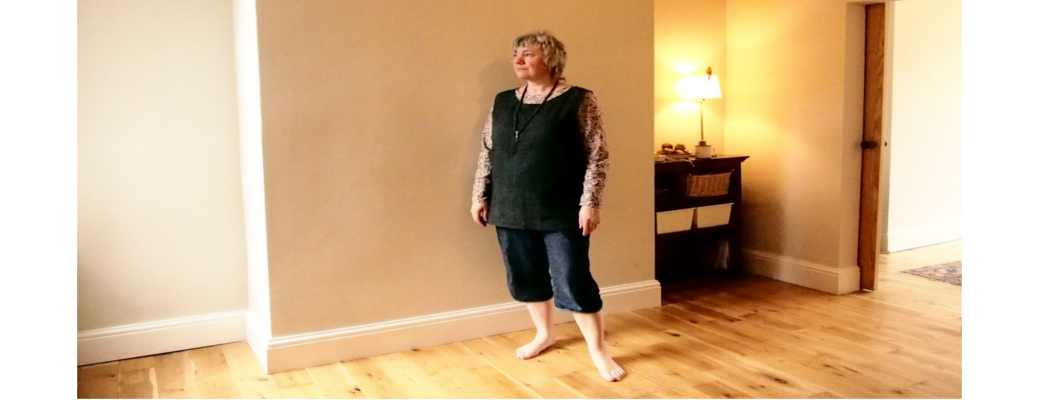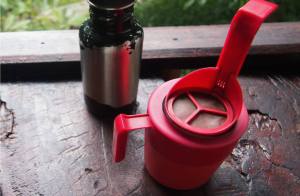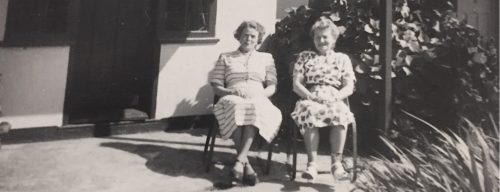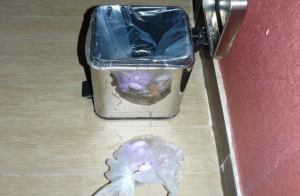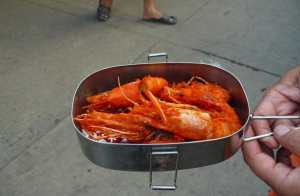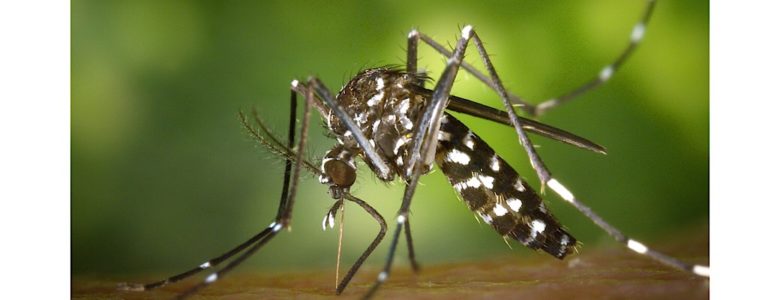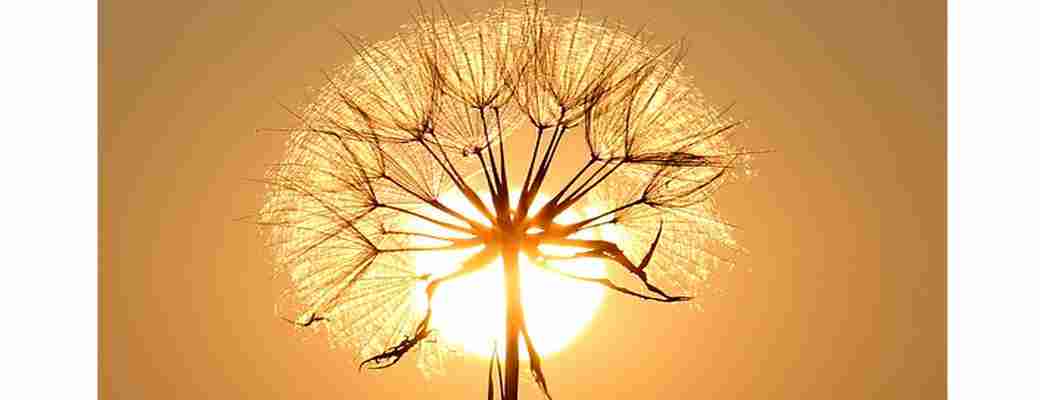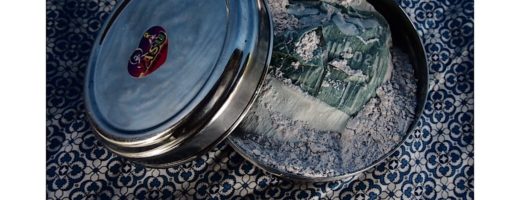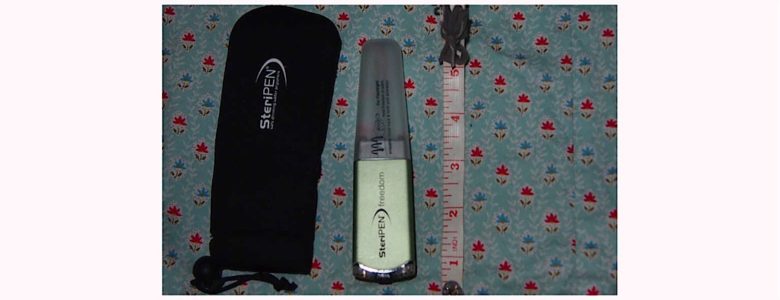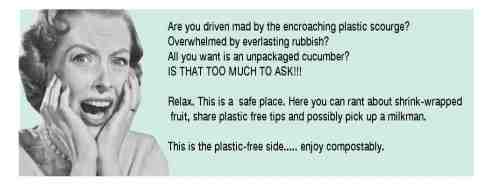The original post was written quickly to warn fellow backpackers not to head to Bangkok to apply for an Indian visa. Foreigners travelling on a tourist visa (backpackers) are no longer allowed to apply for an India visa in Malaysia, Indonesia or Singapore. Many, ourselves included were redirected to Bangkok. An inconvenience as we had just come from there but still. After a long train journey and a lot of form filling we got to the Bangkok visa office to find the rules had been changed again and that non thai nationals on a tourist visa, (i.e. foreign backpackers), cannot apply for a 3 - 6 month Indian visa in Thailand, (if you have a Thai residency the rules are different).
Since then I have updated it to take into account additional information such as why, if you are on a long trip, you cannot apply for an Indian visa in your own country, discuss the online Indian E visa option and explain how I think it fails the tourist, the environment, the travel experience, small towns and local business. And Nepal.
It is possible by the time you read this the situation may have changed again.
Our story ….
We are currently backpacking and our time in Malaysia was coming to an end. The gloomy weather was closing in and the monsoon storms becoming more frequent. Time to plan our next leg of the journey. There were cheap flights from Malaysia to India (Easy Jet) and you don’t even have to stay in the more difficult KL to get them. You can get a bus to the airport from Mallaka which is a far nicer town.
The fly in the ointment?
Getting an Indian visa. It seems the Indians are doing their best to prevent visitors from visiting.
Problems With The Indian Visa
Why I Couldn’t Apply In the U.K.
We wanted a 6 month multiple entry Indian visa. Such visas begin the day they are issued and not the day you arrive in India. You cannot ask for the visa to start on later date. By the time we get to India we will have been traveling for 4 months already. So getting the visa in the UK was not practicable.
Especially as there is no guarantee you will get what you ask for. Last time we applied for a visa, in the U.K., we asked for 6 months and were given 3. Because we traveling overland this meant we could only spend 6 weeks instead of the 3 months we planned to in India. Add to of that we had to get there more quickly. We had to replan our trip and cut short other places.
If you don’t get what you ask for, your visa fees are not returned. From the website “Fee once received are non refundable even if the visa application is withdrawn, the visa is not granted, or if visa issued is of shorter duration of period than applied for or otherwise issued or returned at a time or on terms and conditions that may vary from those sought by the applicant.”
At 6 weeks for £82.00 this visa was expensive too.
Getting A Visa Abroad….. Or Not
However it is, or at least it was, possible to apply for an 6 month Indian visa in the country you are currently visiting. So we decided to wait until we got to Malaysia before we applied for our visa. So we got to Georgetown and went to the Indian Consulate to double check procedure only to be told that UK passport holders (and others) can no longer apply for a 6 month Indian visa in
- Malaysia
- Indonesia
- Singapore
But, we were assured, by the consulate, this could be done in Bangkok. We sighed because we had just come from there but could see nothing for it but to get back on the train. Of course we double checked the information.
Massive Misinformation & A Long & Pointless Journey
Travel fish say “Getting a visa to India in Bangkok takes a little longer and is a bit more complicated than for most other Asian countries, but it’s not rocket science if you know where to look…..The updated embassy site now provides reliable information and working links to the India Visa Thailand page run by IVS Global.” Not blaming them as this was the case and to keep up with the vagaries of the Indian visa system is difficult.
IVS Global Indian Visa website says ”
Tourist Visa is granted to a Thai National / Foreigner who does not have a residence or Occupation in India and whose sole objective of visiting India is recreation, sight-seeing, casual visit to meet friends and relatives. No other activity is permissible on a Tourist Visa. The Tourist Visa is non – extendable and non-convertible.
They also clearly state that because the Indian Government is collecting biometric data you need to submit your application in person. You need to take your printed out forms to their office in Bangkok.
And on the Indian Embassy Website for Bangkok
Non-Thai Nationals Documents Required:
Completed Visa Application Form, 2 recent colour photographs - 2 inches X 2 inches, 2 photocopies of passport, to include current Thai visa page and the filled out reference form.
A copy of return flight ticket and a copy of hotel booking
For Non-Thai nationals visa is issued on the 6th working day.
So while it sounded stringent and a lot of bother, it seemed that visas were definitely being offered to non Thai nationals. So we decided to go for it. We
- got the train from Malaysia to Bangkok
- made a hotel reservation in India(refundable)
- filled out an e form on line,
- took the photos
- then downloaded the files from the website
- found a printer shop and printed the application forms stuck the photos on got the required photocopies, to take to IVS visa application centre,
Then you get to the purchasing flights. This is another nasty twist in the application process. It is already stressful paying for a flight before you have permission to visit a country. Even more so if they have already refused you the length of stay time you asked for. It is nerve wracking, costly and ultimately pointless booking a flight 6 months in advance when you may only be given a 3 month visa.
Besides which we don’t want to fly out of India but go over land to Nepal.
So we decided to visit the visa office first. It was a long journey across the city followed by a long wait in the que. Just so you know, you are not allowed to read your Kindle while waiting in the que as it is an electronic device.
Got to the desk only to find that UK passport holders visiting Thailand cannot apply for an Indian visa in Bangkok
This important change in policy is obviously not mentioned on their websites.
The Online E Visa
But they said we can get a one month E visa on arrival. I am not sure I believe them. But even if I do trust them to implement such a system efficiently, it is not what we want.
FYI this is how it works;
- Citizens of 113 countries are eligible to apply for the India e-Tourist visa. The e-Visa is for international travelers whose purpose of visiting India is tourism, recreation, sight-seeing, a casual visit to meet friends or relatives, etc.
- Applications must be made online at this website, no less than five days and no more than 30 days before the date of travel.
- You can only fly into India and only into the following 16 airports: Ahmedabad, Amritsar, Bangalore, Chennai, Cochin, Delhi, Gaya, Goa, Hyderabad, Jaipur, Kolkata, Lucknow, Mumbai, Tiruchirapalli, Trivandrum and Varanasi.
- International Travellers should have return ticket or onward journey ticket,with sufficient money to spend during his/her stay in India. (I take this to mean a plane ticket as it is impossible to get any other kind of onward ticket before you arrive in India. I certainly would not advise anyone to turn up without an onward ticket and I would class them very brave if they tried to talk their way in clutching only a bus ticket as proof of onward travel.)
- The India ETA allows one single entry for a stay of up to 30 days in India.
- you cannot extend. an E Visa
- A maximum of two ETA visas can be issued within one year.(No indication of how long you need to wait before re-applying - if indeed you do)
- Biometric data, including fingerprinting, will be collected on arrival at the border.
- There is no list of fees on the website that I can find. Rather you have to fill out the E Visa application form on line. And I quote “at the end of the process the basic fee shall be displayed.” but according to the Telegraph Newspaper it costs $60 (£39), for UK citizens.
Conclusions
Neither visa works for the overland traveller. In my case
- I had rather hoped to explore the newly opened land crossing from Myanmar
- After India I want to visit Nepal and travel there overland
The month long visa is not an option as
- I have an itinary planned for India that took way longer than a month
- India is a long way to go just for a month, it is very big and there is a lot to see
- I want a double entry visa so I can visit Sri Lanka
I am prepared to compromise on some things but this is pushing it. I don’t like that the Indian authorities do not care that folks might like to travel by train or, heaven forbid, bus. Or about global warming come to that. Rather than enrich a few big airline businesses, I prefer to support an on-land transport infrastructure that benefits the wider community. That and global warming are among the reasons I choose to travel overland. To be prevented from doing so annoys me.
They don’t seem to want long term visitors either. Just to submit an application for a 6 month visa we had to travel to Bangkok. Then browse the internet booking hotels and researching flights. Hotels I may not sleep in and flights I can’t catch if they don’t give me a visa. The Indian Visa Service is asking for a lot of money just to look at the application. Money they get to keep if they give me a different, shorter visa that because of the time constraints, may be of limited use. If you don’t want me to visit for 6 months I understand but don’t offer the visa. This too is annoying.
Finally is it too much to ask that prospective applicants are kept informed about changes in policy. I doubt the Indian Government decided this morning to refuse to take visa applications from U.K. passport holders on a Thai tourist visa. I would suggest they knew about this before today. In which case they and Indian visa service could have posted the information on their website and saved us a wasted journey. We have travelled not just across town but across countries to visit this office. This is is beyond annoying.
Please note all the above information was copied from websites when I was writing this post, that is after we had been to the office and our application refused. Meaning they are still saying that foreign nationals can apply for visas in Bangkok.
A Visa The Visitor Wants
Given all of the above I don’t feel welcome and I certainly don’t feel like a respected or even wished for guest.
You might ask why should I be welcomed or respected? Because I am a customer and the industry is worth a lot of money. Total contribution by travel and tourism sector to India’s GDP is expected to increase from US$ 136.3 billion in 2015 to US$ 275.2 billion in 2025. Travel and tourism is the third largest foreign exchange earner for India. In 2014, the country managed foreign exchange earnings of USD 19.7 billion from tourism.
A business worth so much should be nurtured and the customers valued. Surely it would make sense to ensure the country is easily accesable for the very simpe reason that if I can’t get there at the time I want, for the length of time I need then I simply won’t come. Which means my money will go elsewhere. Places that are far easier and cheaper to get into. And will let you stay longer.
I can stay in Malaysia for free for 3 months and Thailand for a month. I can visit any other number of South East Asian Countries for a few dollars. For all of these places I can get a visa on a land border just by turning up, (when it suits me), and filling out a simple, short form. I do not need proof of onward travel. I do not have to commit to flying and I can support the local transport infrastructure by using buses and trains.
Australia will only charge me £10.00 to apply online for a free 3 month Australian visa which is valid for a year. And doesn’t want proof of onward travel.
The E Visa System - Made to Benefit Big Business & Top End Tourism ?
at the expense of the environment, experience, overlanders and the local economy.
Yes I am annoyed because this inconveniences me but there are other far worse consequences. I really cant help but feel that this e visa/ flight combo will only benefit the big boys in the tourist industry and focus visitors on a fewer places and sites. For instance I originally planned to fly from Colombo to Madurai. The flight is a good price and I would love to visit Madurai and it’s wonderful temples. Except of course with an E Visa I can’t fly to Madurai. I would have to fly to a horrid sea side resort I don’t want to see and travel from there. But with only 1 month I wont have time. So Madurai gets dropped in favour of the already popular Varanasi.
And of course with only a month of travel time places with airports will become even more popular. India is a huge country and train tickets are not always available when you need them. With a little more time it is possible to use public transport and home stays keeping much appreciated currency in the local economy. With reduced time its big hotels, booked on line and lots of flights.
Traveling overland is slower and you get to see so much more of the country and the people. It also means the advantages of tourism can be more widely distributed. And the disadvantages reduced. Rather than have a few cities swamped with tourists who end up destroying that which they came to admire, the crowds and the cash could be spread. When I travel through slowly my money gets spent on local buses and in small cafes along the way
Pushing flights over other forms of transport means more investment in a infrastructure that only benefits the richer traveler. It means less investment in the land based infrastructure that benefits the poorer. At a time when local transport should be encouraged, in a country where many people depend on local transport this is a retrograde step and not one I wish to endorse.
In terms of the traveling experience it also has a negative impact. Traveling over land is more romantic, more authentic and often what attracts tourist in the first instance. One airport terminal looks very like another but Mumbai train station is unique. A tourist river cruise is never as satisfying as local river taxi. Yet as air travel increases many stunning train journeys are being cut and ferries are almost non existent.
I like travelling overland. When I leave India I want to go to Nepal. To meet the Indian visa requirements I have to buy an onward fight from Varanasi to Katmandu (if I can even get one). Yet there is a perfectly easy over land route from Varanasi to Khatmadu. It’s not always pretty but it is the “real India” and a memorable journey.
And yes crossing land borders can be a robust experience. I have had as many tussles with border tuk tuk sharks as the next lamb to the slaughter. Even so I would still prefer to see my rupees being snatched from me by small local business then have them taken as I am herded through the boarding gates of a huge multinational.
And I cant help feel sorry for Nepal. If we don’t go to India we don’t go to Nepal. I refuse to fly such a short distance so if we can’t go over land we won’t visit Nepal. If we don’t get a dual entry visa we don’t visit Nepal because we need fly home from India. So I guess we will not be visiting Nepal. At a time when Nepal is desperate for business.
But mostly I want to make my own choices based on what I feel is important. The choice to travel overland, to limit my air mile, cross the landscape slowly, to rumble along in the local bus, to support local smaller businesses and to spread my tourist pounds.
It is with great regret that we will not be visiting India.
 Zyliss Cafetiere Hot Mug, Blue £8.99
Zyliss Cafetiere Hot Mug, Blue £8.99 